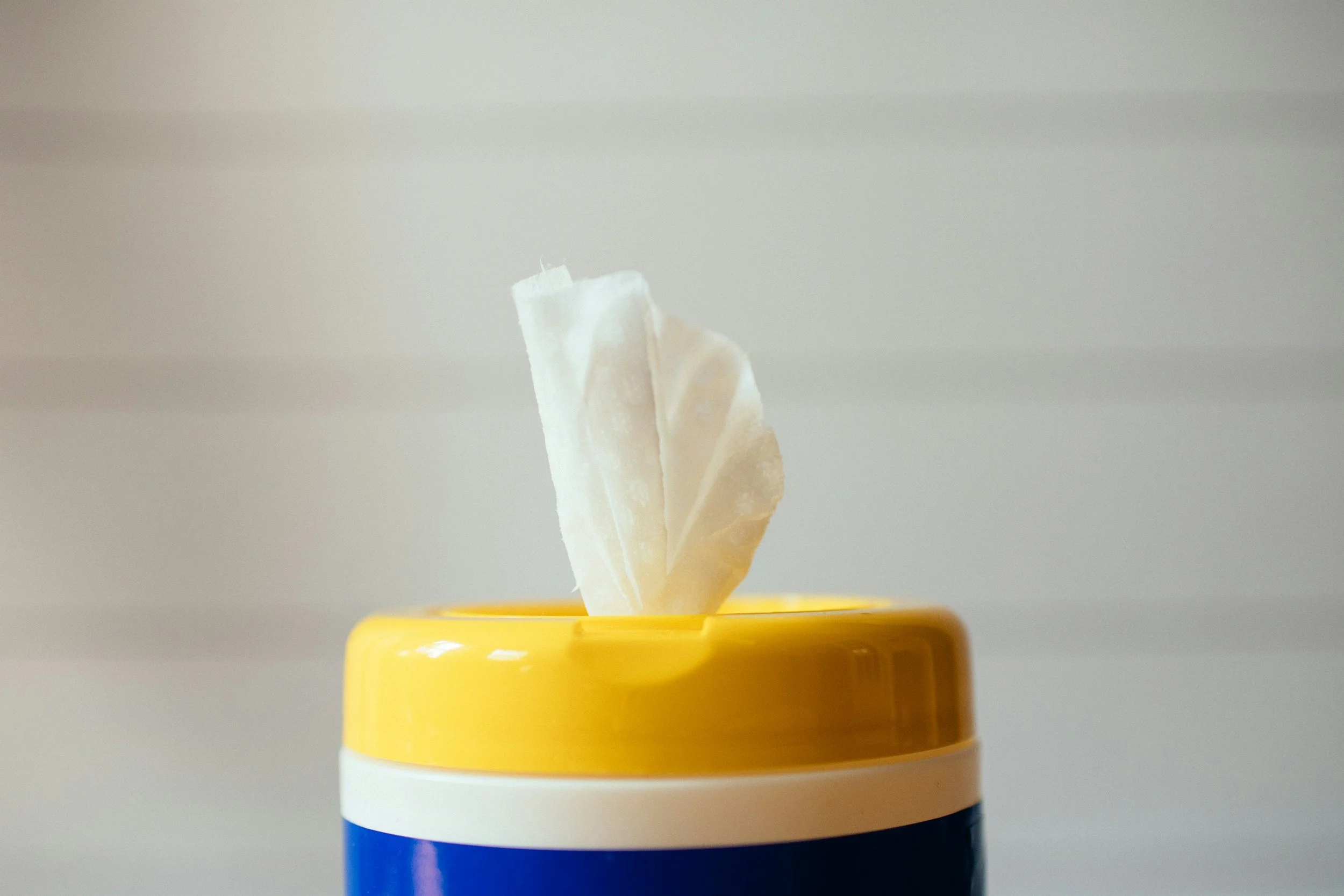
Seasonal Health Information
Stay informed and engaged all year round! Explore seasonal health tips, downloadable resources, and family-friendly activities.
Season Spotlight: winter!
preventing respiratory viruses
Each year, respiratory viruses are responsible for millions of illnesses and thousands of hospitalizations and deaths in the United States. The good news is there are actions you can take to help protect yourself and others from health risks caused by respiratory viruses.
CDC recommends to use core prevention strategies to protect yourself and others—they work best when used together:
Immunizations
Hygiene
Steps for Cleaner Air
Treatment
Stay Home & Prevent Spread
winter Safety
Cold exposure causes 63% of temperature-related deaths, and home heating is the second leading cause of house fires, most of which occur in winter. Travel is also riskier this season, especially for drivers. Taking simple steps now can help keep you safe.
Being #WinterReady means knowing the risks winter brings and preparing early. Here are some aspects to prepare for:
Preventing House Heating Fires
Preparing for Power Outages
Travel During Winter
Winterproof your home
Staying Warm Outside
Resources and downloads
ARCHIVE
Summer
-
The National Drowning Prevention Alliance’s 5 Layers of Protection work together to significantly reduce the risk of drowning. These layers aren’t meant to replace one another—they work best when used together. More about the five layers of protection.
-
The CDC and the American Cancer Society recommends you to work and play outside without raising your skin cancer risk by protecting your skin from the sun. Learn more about preventative measures.
Fall
-
The CDC recommends to use core prevention strategies to protect yourself and others—they work best when used together. Learn more about the core prevention strategies.
-
The CDC recommends following four simple steps at home to help protect you and your loved ones from food poisoning: clean, separate, cook, and chill. Learn more about food safety.






